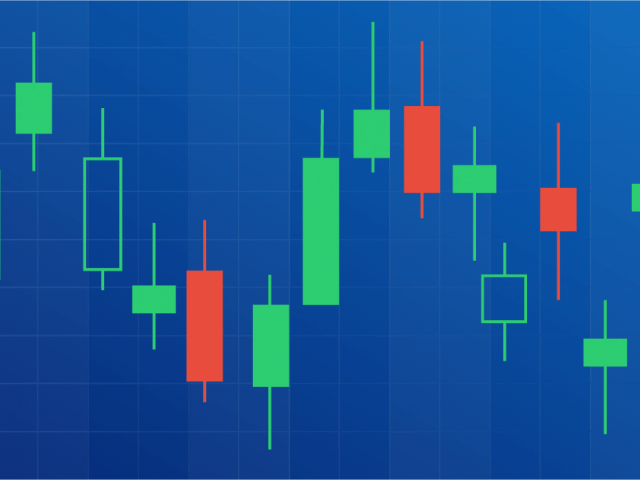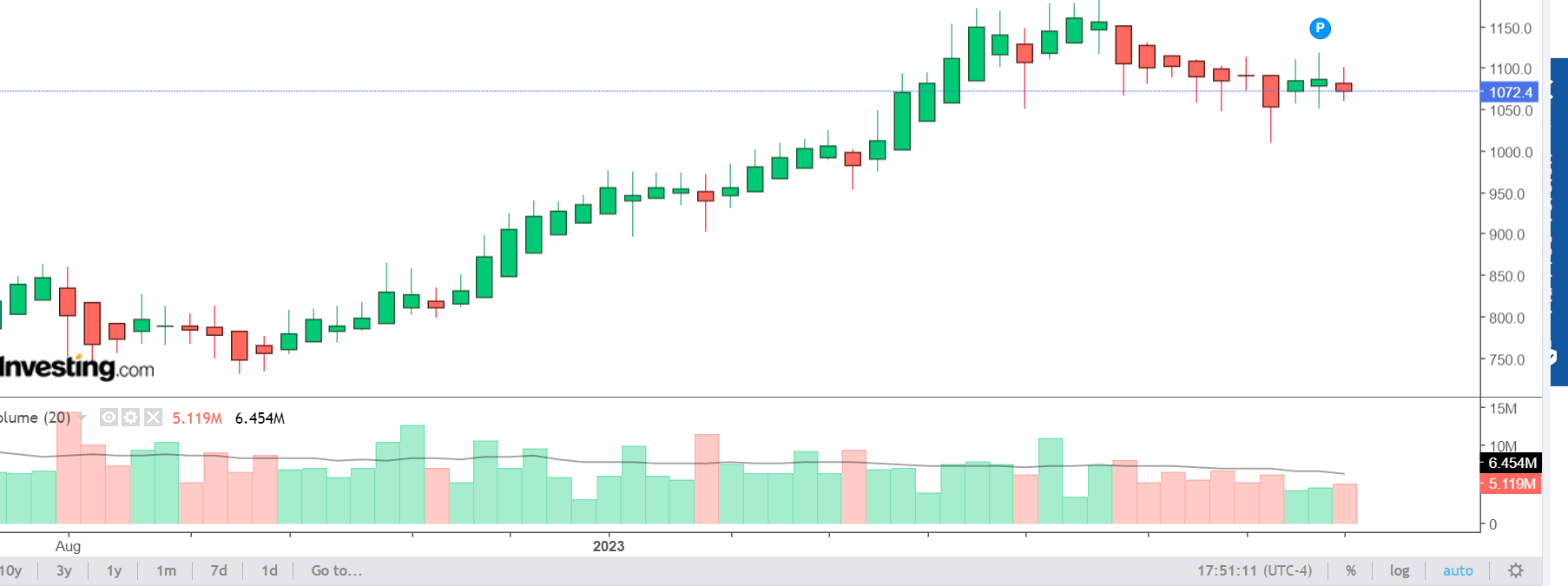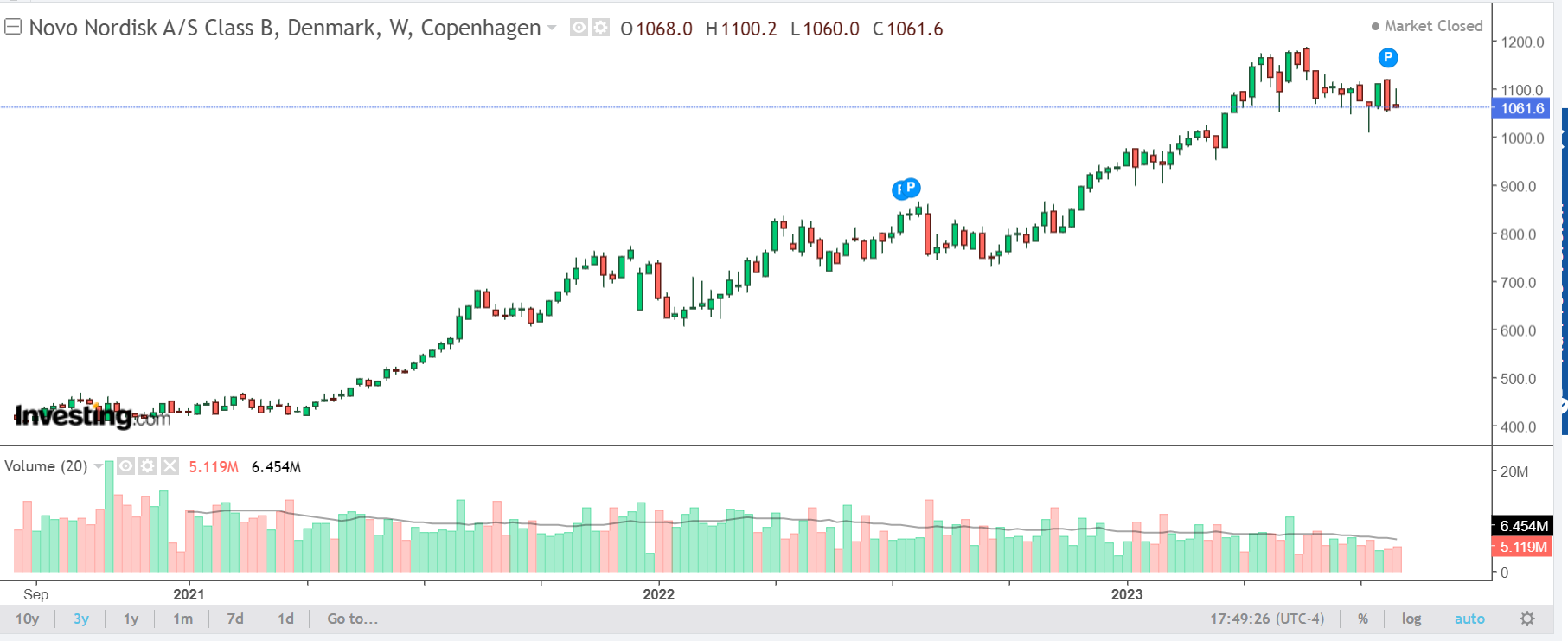Relative Strength Index (RSI)
Technical analysis is a popular method used by traders and banks to predict future price movements based on past market data. One of the most widely used technical indicators is the Relative Strength Index (RSI). In this blog post, we will explore what RSI is, how it works, and how traders can use it to make informed trading decisions.
What is RSI?
The Relative Strength Index (RSI) is a momentum oscillator that measures the speed and change of price movements. It was developed by J. Welles Wilder Jr. in 1978 and has since become one of the most popular technical indicators used by traders.
The RSI ranges from 0 to 100 and is typically displayed as an oscillator below the price chart. When the RSI is above 70, it indicates that the asset is overbought, and when it is below 30, it indicates that the asset is oversold. Traders use these levels to identify potential trend reversals or entry/exit points.
How does RSI work?
The RSI is calculated using a formula that takes into account the average gain and loss of an asset over a specified period. The default period used by most traders is 14 days, but this can be adjusted depending on the trader’s preference.
The formula for calculating RSI is as follows:
RSI = 100 – (100 / (1 + RS))
Where RS = Average Gain / Average Loss
To calculate the average gain and loss, traders use a simple moving average (SMA) of the price changes over the specified period. If the price increased during a particular period, it is considered a gain, and if it decreased, it is considered a loss.
Traders can also adjust the RSI calculation to suit their trading style by changing the time frame or smoothing out the data using exponential moving averages (EMA).
How do traders use RSI?
Traders use RSI in a variety of ways to make informed trading decisions. Here are some of the most common strategies:
1. Overbought/Oversold Levels
As mentioned earlier, when the RSI is above 70, it indicates that the asset is overbought, and when it is below 30, it indicates that the asset is oversold. Traders use these levels to identify potential trend reversals or entry/exit points.
For example, if the RSI is above 70, and the price starts to decline, it could be a sign that the asset is overbought and due for a correction. Conversely, if the RSI is below 30, and the price starts to rise, it could be a sign that the asset is oversold and due for a rebound.
2. Divergence
Divergence occurs when the price of an asset moves in the opposite direction of the RSI. This can be a sign of a potential trend reversal.
For example, if the price of an asset is making higher highs, but the RSI is making lower highs, it could be a sign that the uptrend is losing momentum and due for a reversal.
3. Trendline Breaks
Traders can also use trendlines to identify potential entry/exit points based on RSI. If the RSI breaks above or below a trendline, it could be a sign of a potential trend reversal.
For example, if the RSI has been trending downwards but breaks above a downward sloping trendline, it could be a sign that the downtrend is losing momentum and due for a reversal.
Conclusion
The Relative Strength Index (RSI) is a popular technical indicator used by traders to predict future price movements based on past market data. Traders use RSI in a variety of ways to make informed trading decisions, including identifying overbought/oversold levels, divergence, and trendline breaks.
While RSI can be a useful tool for traders, it is important to remember that no indicator is perfect. Traders should always use multiple indicators and analysis methods to confirm their trading decisions.
Ole Borgesen / Pyjamastraders




